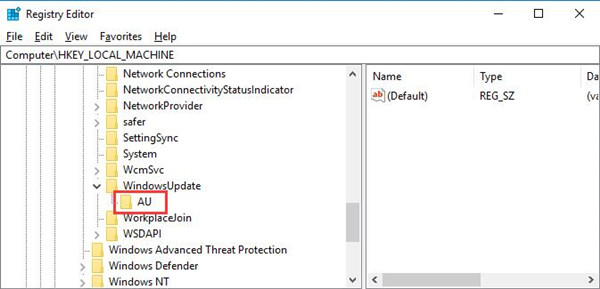

It’s pretty easy to enable it using PowerShell: Add-WUServiceManager -MicrosoftUpdate If you want to update other Microsoft products as well, you’ll need to enable the Microsoft Update Service as well. The above mentioned command will only install Windows updates. This command will install the available updates (which were listed in step 2) Install-WindowsUpdate Install WindowsUpdate We must answer “Yes” to all the questions so that everything necessary can be downloaded and installed.This command will check for updates. To install the module we may have to confirm a couple of questions to download the dependencies that are necessary. To do this, we will execute the following command in the console: ” Install-Module PSWindowsUpdate “. Once we have it open, the first thing we will have to do is install the corresponding module. As with CMD, the first thing we need to do is make sure to run PowerShell with Administrator permissions so that we can use its full potential without problems.

If what we want is to have more control over the process, create scripts easily, or simply be a “poweruser”, then we can do the same using the PowerShell console directly. When it is finished we may have to restart the computer manually so that the configurations are completed since, if we do not do it, we may have problems. This way the system will look for the updates, download them and, finally, install them. Of course, we will have to execute these commands in sequential order, from first to last. For these systems we will have to resort to other alternative commands that allow us to do, broadly, the same.įor previous versions of the operating system, the commands that we must execute are the following: Therefore, if we have an older operating system, such as Windows 7 or 8.1, we will not be able to use them. The commands that we have just seen only work in Windows 10. These commands are designed especially for advanced users, but they are also the ones that Windows itself uses to automate updates as scheduled tasks, so there will be no problems when using them. In addition, we can also replace the previous commands with the following one, since it will analyze the system, download the available patches and install them on the PC:Įach of these commands must be executed in order and wait for its process to finish before executing the next one. UsoClient RestartDevice (restart the computer to finish the installation).UsoClient RefreshSettings (updates if changes are available).UsoClient StartInstall (to start installing downloaded patches).UsoClient StartDownload (to start downloading patches).Usage Client StartScan (to start scanning the system).


 0 kommentar(er)
0 kommentar(er)
